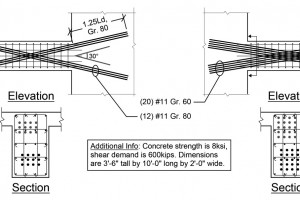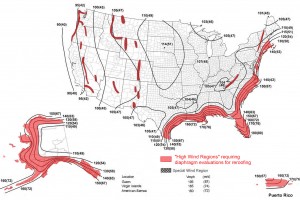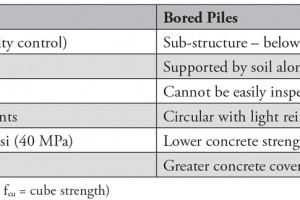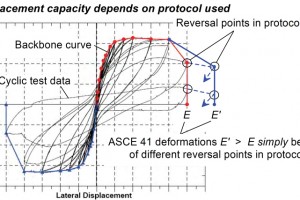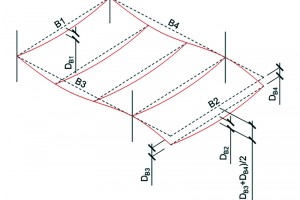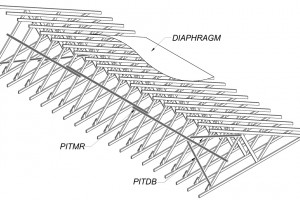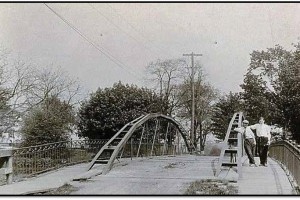As buildings get taller, bigger, and are required to resist higher seismic forces, the amount of reinforcement needed becomes impractical. Even if theoretical sizes can be calculated, it may be impossible to construct tightly spaced rebar cages or congested joint connections. Using higher strength reinforcement is a natural solution to this problem. Research on the use of high-strength reinforcement (HSR) began in the late 1950s. The outcome of this research first appeared in ACI 318-71, Building Code Requirements for Structural Concrete, which allowed limited use of reinforcement with a higher grade than 60 ksi. …
Review Category : Articles
Do Not Ignore Critical Soft Skills
Do not neglect essential business skills that you never learned in Engineering School! Today’s EITs, PEs, SEs, and Project Managers are tomorrow’s firm leaders. …
Introducing the SEI/ASCE Global Practice Guide
Did you know in some countries the workweek is Saturday – Thursday? That some countries use decimal commas where others use decimal periods when writing numbers of 4 places or more? That some countries have neither national, regional nor local building codes nor standards? When working outside the U.S., local practices, different from our own, can wreak havoc on structural engineering projects if not adequately anticipated and addressed. In consideration of such, some may ask, why work outside of the U.S.? …
When Reroofing Requires a Lateral Analysis
Since its inception in 2003, the International Existing Building Code (IEBC) has contained a provision that triggers the evaluation and possible retrofit of roof diaphragms when certain buildings are reroofed. This provision has gradually evolved within the Work Area Method, unnoticed by some practitioners and readily avoided by others by reverting to the International Building Code (IBC) Chapter 34, Existing Buildings and Structures, or by using the Prescriptive or Performance Methods within the IEBC. …
A Comparison of Three Design Codes
Foundations for a building are required to support the structure so that it remains safe and functional, and so that they meet serviceability limits. Buildings with excessive cracking and movement (e.g. total settlement, differential settlement, tilt, etc.) are alarming and not acceptable. …
The rise in performance-based engineering, in which a structure is proportioned to meet certain predictable performance requirements, necessitates reasonable estimates of component behavior during earthquakes. It is customary to determine component properties via physical lab tests. For components such as concrete anchors, verification of the ultimate strength is required and quasi-static pull tests are sufficient. The situation is more involved for other components, such as beam-to-column assemblies, since an earthquake produces dynamic back-and-forth cyclic actions and the component is often expected to deform inelastically. …
The International Building Code (IBC) and design standards used by structural engineers are developed with the intent to provide minimum requirements for the design and construction of a structure to help assure the public health, safety, and welfare. While a particular structural design is required to satisfy the IBC, as well as material design standards and public safety requirements, the IBC does not directly address the effects of the vertical movement of the building structure on the building enclosure. For example, what are the deflection limits for spandrel beams or slab edges that support the building enclosure? …
The Impact of Deferred Submissions and Cost Silos
Component Manufacturers (CMs) are often a misunderstood business in the construction industry, specifically by the structural engineering community. CMs are a key supplier of load path resisting structural elements. Premanufactured roof trusses are one such element. Typically, the process of developing both the architectural and structural plans for a building designates “trusses by others.” By definition, trusses then become a deferred submittal. Given that trusses are the primary structural framework that provide resistance to the load path as load flows from the roof to the walls and floors to the walls and foundation, the concept of trusses being a deferred submittal presents both engineering and communication challenges. …
Squire Whipple (STRUCTURE, September 2005, January 2015) built one of his early bowstring iron trusses over the Enlarged Erie Canal in Albion, New York, in 1848. He wrote of his early bridges: “About the same period (1840), my own attention was directed to the subject of iron bridges, and I designed the plan of my Patent Iron Trussed Bridge, patented 1841, and built an experimental bridge of 72 feet span, subsequently erected and now in use on the Erie Canal at Newville near Rome. I had, however, in the winter of 1841-42 previous to the erection of the above bridge on the canal, built a bridge of about 80 feet on First Street in Utica, which is the oldest iron bridge now in use on the canal; Trumbull’s first bridge, built a few months sooner than mine, having failed and been rebuilt since, as before stated.” …
There is a common misconception among the general public that buildings designed according to modern building codes will not be damaged in an earthquake. Many building owners are similarly unaware that the seismic performance objectives outlined in the code are intended only to provide life safety for occupants; they do not prevent damage or ensure post-earthquake functionality. Significant financial losses and downtime for repairs can occur after an earthquake, which likely does not meet the expectations owners have for their investments. …

